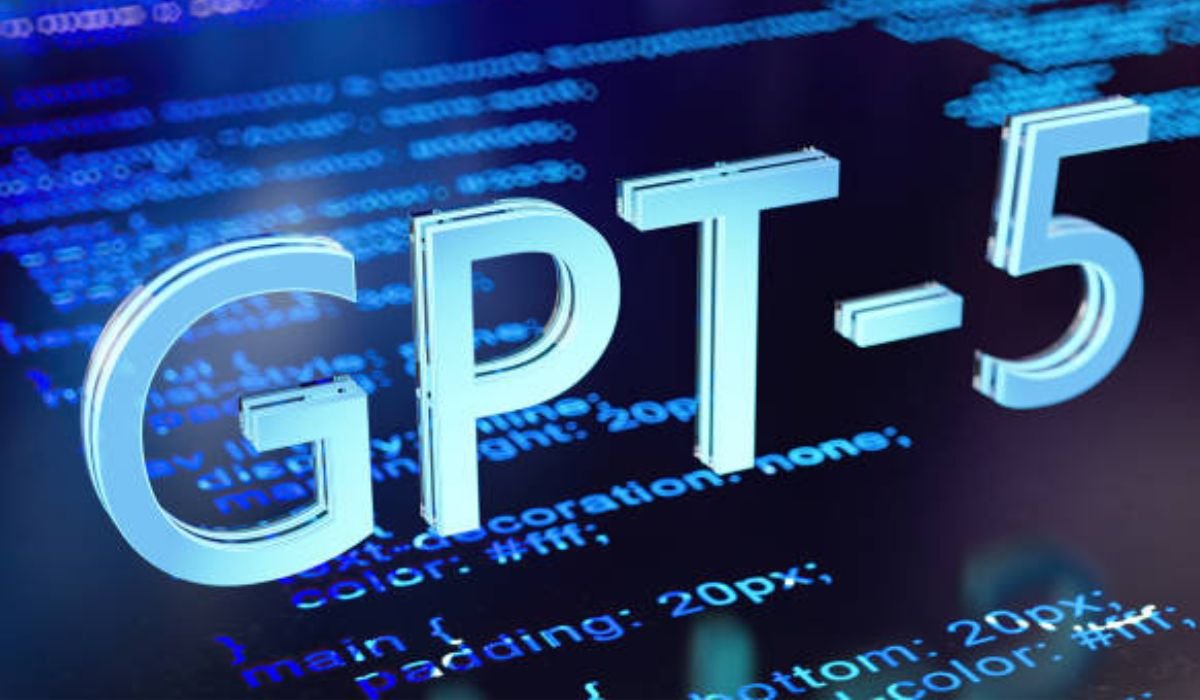Table of Contents:
- Introduction to Common Cyber Threats
- Recognizing Phishing and Social Engineering
- Preventing Ransomware and Malware
- The Role of Passwords and Multi-Factor Authentication
- Creating a Cybersecurity Culture
- Helpful Tools and Ongoing Learning
Introduction to Common Cyber Threats
As digital operations become the backbone of business, cybercriminals are constantly evolving their methods. The threats aren’t just aimed at large corporations; small and medium businesses are targeted more often due to their perceived lack of security. Understanding the risks and early warning signs is the first line of defense. From malware and ransomware attacks to phishing emails and data breaches, the scope is wide and always shifting. Taking proactive measures and seeking support from providers offering the top cybersecurity services in Columbus helps mitigate threats and safeguard valuable business assets.
Most attacks don’t happen through complex code. Simple tactics like exploiting outdated software or taking advantage of untrained employees can lead to significant damage. By staying alert and informed, businesses can take concrete steps to strengthen their resilience against cyber risks and avoid heavy financial and reputational loss.
Recognizing Phishing and Social Engineering
Phishing remains one of the most prevalent and successful techniques used by attackers. These deceptive emails and messages are designed to trick recipients into revealing sensitive information, clicking malicious links, or opening infected attachments. According to the FBI’s Cyber Division, phishing attacks are rising, with millions lost annually to these schemes. Social engineering can also occur through phone calls or social media, with fraudsters impersonating trusted contacts to manipulate employees.
Warning signs include urgent requests, unexpected attachments, and mismatched sender addresses. Regular awareness training and a thorough verification before responding to sensitive requests are critical. Always encourage staff to report suspicious emails rather than taking risks with unknown content.
Preventing Ransomware and Malware
Ransomware attacks have crippled businesses of all sizes, locking critical files and demanding payment for their release. Malware in all forms — not just ransomware — can steal, delete, or compromise data. Key prevention strategies include maintaining up-to-date software and operating systems and using trusted antivirus solutions. Many incidents result from downloading infected files, so educating users about safe browsing and cautious download practices is crucial.
Businesses that leverage managed IT services benefit from constant monitoring, routine backups, and rapid incident response, reducing downtime and potential losses.
The Role of Passwords and Multi-Factor Authentication
Passwords are often the weakest link in an organization’s cybersecurity defenses. Simple, reused, or shared passwords make life easier for attackers. Best practices include using a password manager to store complex, unique passwords and enabling multi-factor authentication on all critical accounts. Multi-factor authentication adds an extra layer of security, ensuring that a stolen password alone isn’t enough to breach company systems.
Remind teams never to share passwords through email or chat and update credentials regularly. Strong credential management has become non-negotiable with so many breaches stemming from poor password habits.
Creating a Cybersecurity Culture
Technology can only go so far without proper buy-in from every organization member. Building a culture of security means routinely communicating risks, sharing best practices, and conducting mock drills or phishing tests. Simple incentives like rewards for reporting suspicious emails or completing training sessions can increase participation. Leadership should set an example by following all cybersecurity policies and engaging in ongoing dialogue with IT and security staff.
Helpful Tools and Ongoing Learning
Staying ahead of threats requires continuous education and access to updated tools. Resources offer timely alerts and tips for defending against new and emerging attacks. Combining these alerts with easy-to-use security tools — firewalls, automatic backup systems, and mobile device management — creates a layered defense that adapts as threats evolve.
Cybersecurity isn’t a one-time fix but a continuous effort. By mixing basic preventive habits, regular employee education, and smart investment in outside expertise, businesses of every size can thrive safely in today’s digital world.
YOU MAY ALSO LIKE: Shielding the Seeds of Our Digital Future: Exploring the Imperative of Cybersecurity in Today’s World











